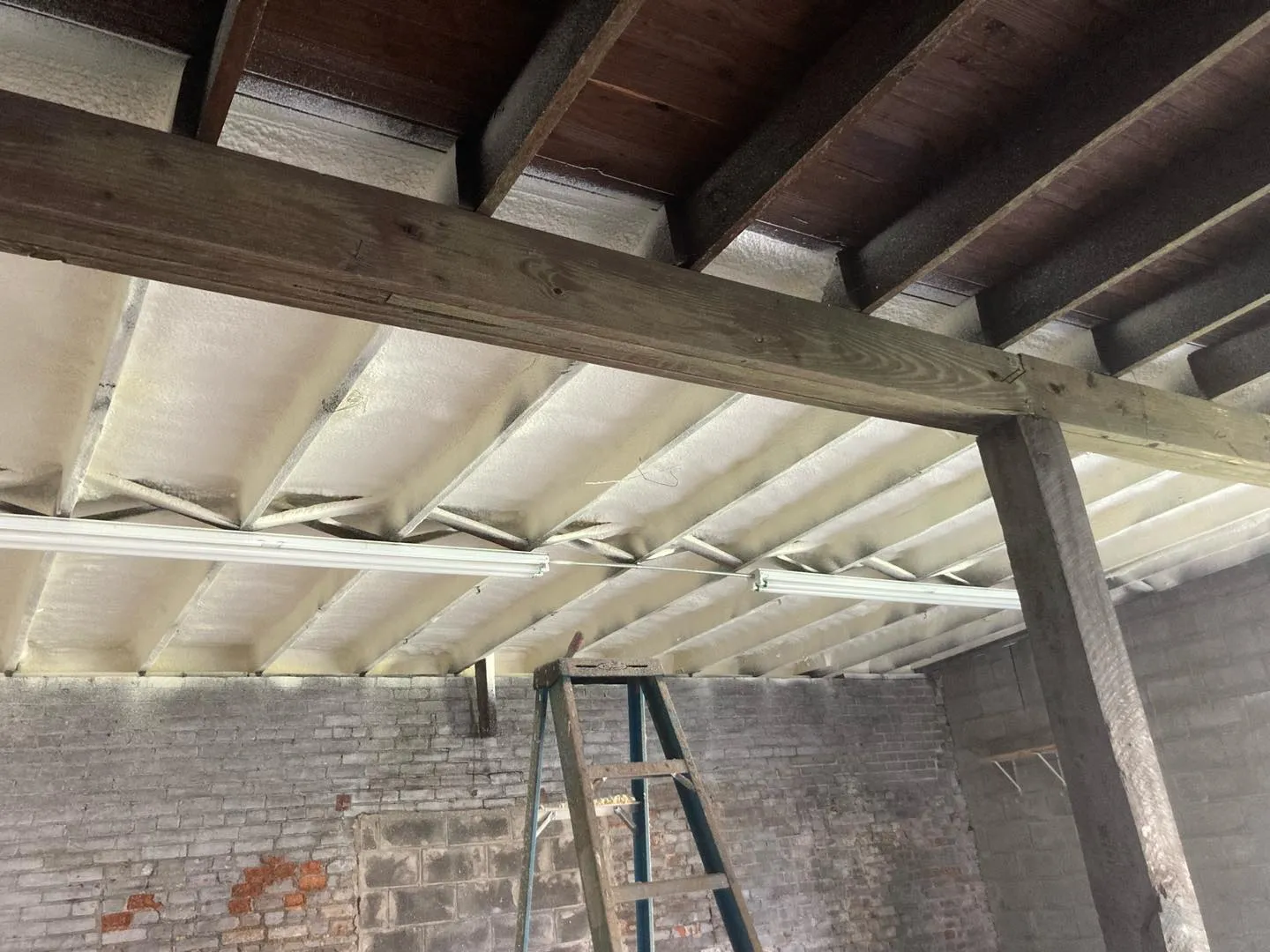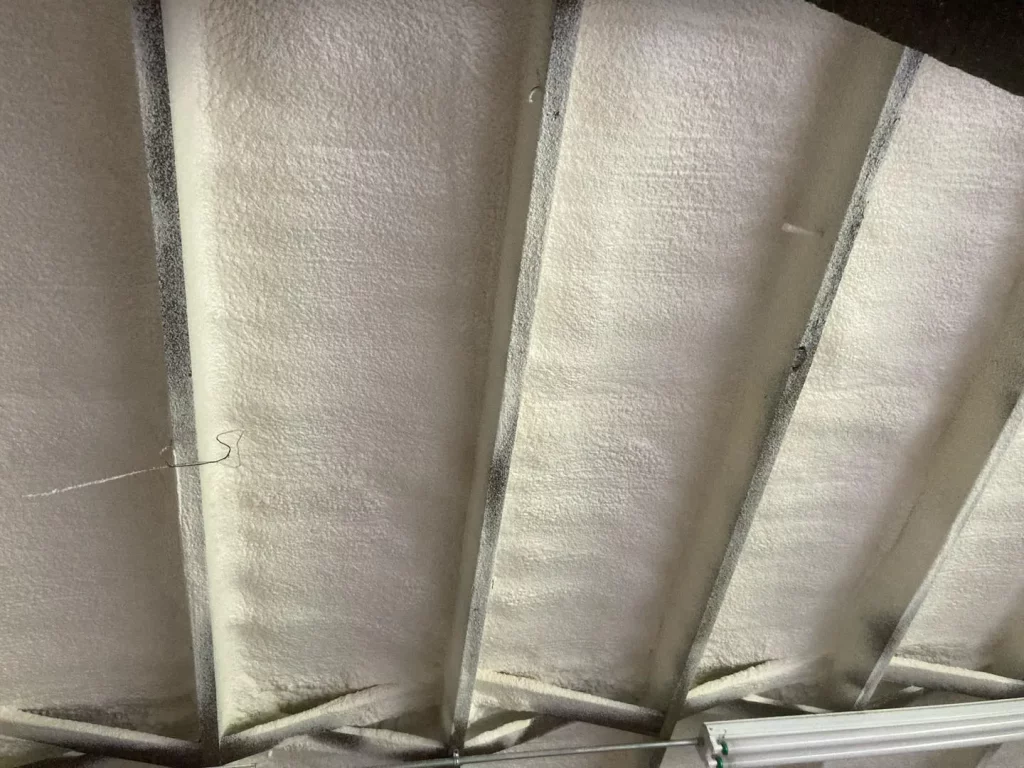
Insulation upgrades cut down the workload on cooling equipment by keeping indoor temperatures stable and blocking heat gain from outside. Homes or buildings with poor insulation force air conditioners to run longer and harder, which wears out compressors and fans faster. Better insulation maintains cooler interiors without constant cycling, so equipment lasts longer and breaks down less often.
Drawing from hands-on experience with insulation installations in various building types across regions like the humid Southeast and Midwest, this article breaks down the mechanics step by step, highlights quantifiable benefits, addresses regional factors, and offers practical advice to spot issues and make informed decisions.
Air conditioners fight heat that sneaks in through walls, roofs, and attics. Thin or damaged insulation lets hot air seep inside, raising indoor temperatures quickly. Equipment then kicks into overdrive to cool the space back down.
Over time, this constant strain builds up. Compressors, the heart of any AC unit, handle higher pressures and temperatures. Fans spin faster to move more air. Both lead to quicker wear. For example, in hot summers, units without solid insulation might cycle on and off every 10-15 minutes, compared to 30-45 minutes with good coverage.
Market data backs this up. The U.S. Department of Energy reports that homes with upgraded insulation see up to 20% less energy use for cooling, which directly eases equipment load. In regions like the humid Southeast, where summers hit 90°F regularly, this difference shows up even more.
Upgraded insulation acts as a barrier. Materials like fiberglass batts, spray foam, or rigid boards trap air pockets that resist heat transfer. When installed properly in attics and walls, they keep outdoor heat at bay.
Cooling equipment responds right away. Units run for shorter bursts, so motors and coils stay cooler. This lowers the risk of overheating, a top cause of failures. Compressors avoid extreme pressure spikes, extending their life by years.
Consider a typical setup. A standard AC unit rated for 3 tons might handle 12,000 BTUs per hour under ideal conditions. Poor insulation pushes it to work at 80-90% capacity nonstop. With upgrades, that drops to 50-60%, giving components breathing room.
To maximize these benefits and move toward longer equipment life, start by checking your attic insulation. Many older homes have only 3-6 inches, well below the recommended R-38 for warm climates. Adding more layers there often provides the greatest relief for cooling equipment.
Better insulation translates to real gains. Equipment stress drops, so repair calls decrease. A study from the Lawrence Berkeley National Laboratory found that improved building envelopes, including insulation, reduce HVAC runtime by 15-25%, cutting wear on key parts.
Energy bills fall too, but the focus here stays on equipment health. Fans and blowers last longer without constant high-speed operation. Coils collect less dust from frequent starts, improving efficiency over time.
In practice, buildings with upgrades often see AC units serve 15-20 years instead of 10-12. This holds true in varied climates, from dry Southwest deserts to muggy Gulf states.
Here’s a table comparing equipment stress before and after insulation upgrades:
| Aspect | Before Upgrade | After Upgrade |
|---|---|---|
| Runtime per Cycle | 45-60 minutes | 20-30 minutes |
| Compressor Temperature | 180-200°F | 140-160°F |
| Annual Repair Likelihood | 25% | 10% |
| Expected Lifespan | 10-12 years | 15-20 years |
Data draws from field observations in residential and commercial settings. Numbers vary by location, but patterns stay consistent.
Bonus Tip: Pair insulation with duct sealing. Leaky ducts waste 20-30% of cooled air, undoing some benefits. Seal them during upgrades for full effect.
In areas like Kentucky and surrounding states, high humidity adds extra load on cooling systems. Summers bring 85-95°F days with sticky air, making dehumidification a big job.
Insulation helps by stabilizing indoor humidity. It prevents moist outdoor air from infiltrating, so AC units don’t overwork to dry the space. In the Midwest and South, where heat waves last weeks, upgrades prevent units from short-cycling, which strains starters and capacitors.
Local building codes often require R-30 to R-49 attic insulation. Falling short means equipment faces more stress during peak seasons. Coastal regions deal with salt air that corrodes parts faster, so insulation cuts runtime and exposure.

Market facts show impact. The Energy Information Administration notes that Southern states use 50% more electricity for cooling than the national average, largely due to heat gain. Upgrades address this head-on.
Assess current insulation levels. Pull back a section of wall or check the attic to see thickness and condition. Look for gaps, moisture damage, or settling.
Factor in building age and type. Older structures might need full retrofits, while new ones focus on additions. Budget for professional inspection to spot hidden issues like mold or pests in existing materials.
Think about climate specifics. In variable weather zones, choose materials that handle both heat and occasional cold without degrading. Energy audits provide baseline data on current performance.
Weigh long-term costs. Initial outlay pays back through lower bills and fewer repairs, but calculate based on local utility rates. Permits and incentives vary by area, so check local programs.
Bonus Tip: Test equipment load with a simple meter. Measure runtime on hot days before and after to quantify stress reduction yourself.
Fiberglass suits tighter budgets, but spray foam seals better in irregular spaces. Overall results depend heavily on installation quality.
Another common concern is payback time. In hot regions, savings typically appear within 3–5 years through reduced energy use and less strain on HVAC systems.
Yes, by reducing runtime and heat exposure. Units run less intensely, so parts like compressors endure fewer cycles. Field data shows 20-30% longer service in insulated buildings.
Costs range from $1,500 to $5,000 for a typical home, depending on size and material. Attic work stays cheaper than walls. Savings offset this over time.
Basic batt insulation works for attics if safety gear is used. Complex jobs like spray foam need pros to avoid voids or health risks from fumes.
They reflect heat well but pair best with insulation for full coverage. Combined, they cut cooling load by up to 10% more.
Signs include high bills, uneven cooling, or visible gaps. An energy audit confirms levels against local R-value standards.
Insulation upgrades ease cooling equipment stress by limiting heat entry and steadying indoor conditions. Equipment runs smoother, lasts longer, and costs less to maintain. Tables and data highlight clear differences in performance.
Evaluate your setup based on age, climate, and usage. Match choices to specific needs and goals for lasting results.
For questions on insulation and cooling systems, reach out to Armored Insulation at [email protected] or call (270) 331-4844. Discussions cover options suited to local conditions without commitment. This step helps clarify next moves based on individual setups.